Getting Technical: Getting it together

As on-board systems from multiple manufacturers become integrated, boater experiences improve
When new classes of technology are introduced to the marine marketplace, they tend to focus on core functionality. Niceties like integrating with the rest of the boat’s control systems are not a priority. Hence, new technology and systems are frequently introduced with dedicated control systems. One result is that helms and control panels are littered with disparate controls, making real estate at the helm a hot commodity.

Seakeeper’s gyroscopic stabilizers, for instance, took many years before their control was integrated into chart plotters, easing the need for a helm-mounted controller. More recently, WIF-Pro’s water-in-fuel detectors launched with a dedicated display. They’ve now added integration so any NMEA 2000-connected plotter can sound the alarm.
This kind of evolution is important because new technology often doesn’t get really interesting or impactful until it integrates with the rest of the boat. Take digital switching as an example. It updates traditional mechanical switches that control circuits like lights, pumps and other loads on a boat. Digital-switching systems typically use NMEA 2000 or other CAN bus networks to allow remote control of those circuits.
Early digital-switching setups consisted of circuit controllers — think banks of relays that would turn the loads on and off — and a bank of switches connected via CAN bus. These standalone systems are cool, and there is something satisfying about wiring it all up and being able to control circuits through a network, but the novelty of remotely controlling a circuit is dwarfed by the practical benefits of an integrated system. It is one thing to be able to control the circuit that deploys and retracts a sunshade; it is far more useful to be able to utilize a wind sensor on the NMEA 2000 network and automatically retract the shade if winds exceed a threshold.

Some of the most interesting integrations occur across multiple brands, with chart plotters as control hubs. A decade ago, a plotter was used to navigate and interact with instruments like radar, sonar and weather sensors. Now, air conditioners, generators, inverters, stabilization systems, stereos, watermakers and myriad other systems can all be monitored and controlled from a plotter. Ideally, these integrations occur using standardized networks such as NMEA 2000, Ethernet and HTML5 control applications, so the integrations don’t limit brand choices.
The concepts behind systems integration are often simple to articulate. They can leave boat owners wondering what’s so hard about this. “You get into a modern, well-equipped car, and everything about it is completely integrated,” says Jim McGowan, Americas marketing manager for Raymarine. “But that manufacturer is making tens or hundreds of thousands of that model a year. The vehicle control systems will work sensors the manufacturer specifies, and they control the entire experience.”
Boatbuilding is different. Boats may be available with primary systems from multiple manufacturers. Builders may offer multiple brands of engines, generators, navigation electronics and more. Developing a unified, integrated interface becomes far more challenging with those sorts of consumer options.
Boats pair relatively small volumes and significant model-to-model variations with navigation electronics that generally require a single-brand solution. “Boating is still unusually brand-centric or siloed,” McGowan says. “When you sign up with one brand of electronics, you generally have to take the whole kit.”
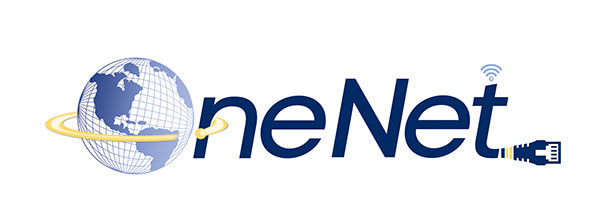
This approach without interoperability can be frustrating to boaters who want best-of-breed sensors across each category. To address this challenge, the National Marine Electronics Association has been working on NMEA OneNet for more than a decade. The standard is now fully ratified, and the first OneNet products are certified.
“OneNet combines megabit and gigabit solutions in a single infrastructure,” says Mark Oslund, NMEA director of standards. “OneNet makes radar, video, sonar better by naturally providing data sources from all possible vessel systems and sensors. The manufacturers with advanced solutions now have a path of compatibility to truly enhance using the information or feed advanced pattern sensory processing systems.
“For example,” he adds, “AI as a second mate will have access to all sensory input to save the captain and boat. While operating the vessel, a conversation could be had between the user and vessel enabled by OneNet, providing network paths from systems both legacy and new.”
OneNet builds on NMEA 2000 to provide interoperability between electronic components and electronically controlled systems. A OneNet communications network utilizes gigabit Ethernet to connect displays, sensors and other components on the network. OneNet defines a standards-based means of exchanging information between components.
OneNet data types include sonar, radar, video and the sort of instrumentation data already handled by NMEA 2000. Potentially, a OneNet display from manufacturer A could consume radar from manufacturer B, sonar from manufacturer C and cameras from manufacturer D.
Currently, consumers can’t select each component on the network based on their preferences or performance needs. Instead, the choice of radar and sonar is driven by the brand of chart plotter. If OneNet sees the same widespread adoption as NMEA 2000, that will change.
However, with all the systems on a boat linked, there is the potential to compromise the boat’s security and operations by gaining control of the network. The NMEA baked security into OneNet for this reason, Oslund says. “OneNet provides link local IPv6 addressing with networking security,” he says. “During the setup process, a boat system designer can elect what nodes can coexist and interoperate, and what networks are allowed to share applications within a single network infrastructure.”
Benefits of Standardization
Effective integrated systems depend on the availability of data. However, boats equipped with various proprietary systems often struggle to access this data. These challenges significantly increase the time and cost associated with system integration.

Avikus, which develops awareness and autonomous vessel systems, integrates with sensors, displays and propulsion systems, and their proprietary networks. Often, when there aren’t well-defined ways to integrate with an on-board system, Avikus undertakes a custom implementation for that system.
The expense of that integration isn’t limited to the time and effort of coding. Custom integrations require maintenance as the manufacturer of the integrated system makes changes. Often, the most vexing questions involve warranty and responsibility. “These integrations can create challenges with manufacturers questioning warranty coverage because it has been integrated with our system,” says Sangwon Shin, vice president of recreational marine at Avikus. A standard transport mechanism like OneNet can alleviate many of these concerns.
Avikus’ integration goals expand beyond integrations for control. Increasingly, new boats are mirroring cars with all-glass dashboards and displays that manage all operations. Those displays may come from consumer-facing marine electronics companies like Furuno, Garmin, Navico and Raymarine, or from OEM-focused players like Medallion and The Q Experience.
“We can supply the data they need to integrate with their middleware and display information from our sensors and AI in whatever fashion they want,” Shin says.
Tocaro Blue’s Proteus is an AI-assisted awareness product that processes radar data from on-board systems. Proteus has a full user interface to display the results of AI radar processing, but the company says Proteus’ greatest value may come when combined with complementary sensors. An example is cameras for short-range detection, and radar for long-range.
Currently, a large development effort is required to implement each company’s radar. Tocaro Blue has invested heavily in supporting radars from Furuno, Garmin, Navico and Raymarine. “We’ve found that incorporating radar into a new product can be complicated,” says Andrew Rains, Tocaro Blue’s senior sales director. “We give partners software that simplifies this and makes it possible to interact with radar from the four major radar OEMs.
“We strongly believe our technology is best when integrated into existing electronics or solutions,” he added. “Our competency as an engineering team really supports that approach. We are very focused on partnerships to maximize the value of our radar tech and expertise for boaters.”
As evidence of Tocaro Blue’s focus on partnerships, the company announced a partnership with Sea.AI, which employs thermal and high-resolution cameras to identify safety threats around a boat. The combination of cameras and radar gives Sea.AI’s offerings longer reach and higher confidence as targets are identified.
Securing the Boat
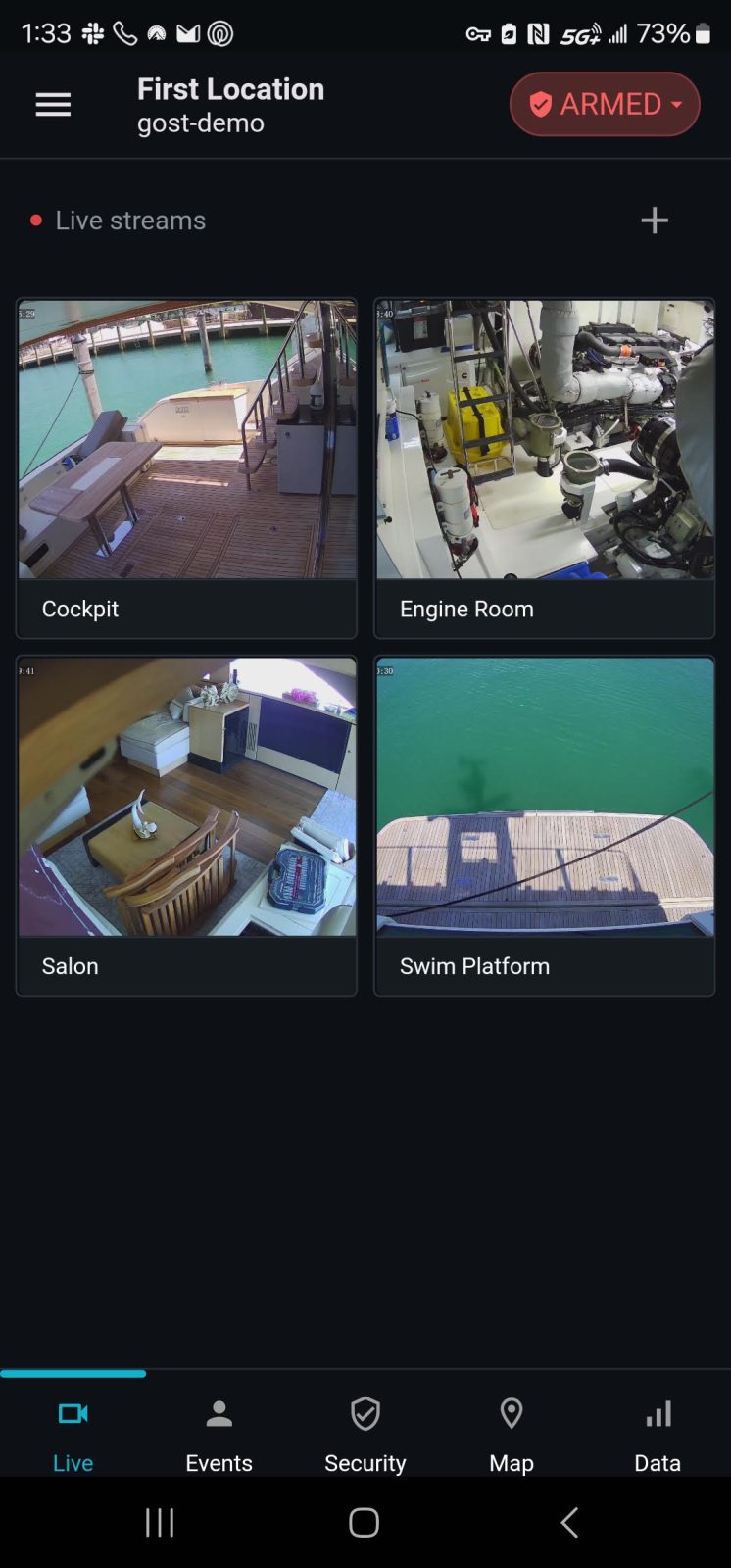
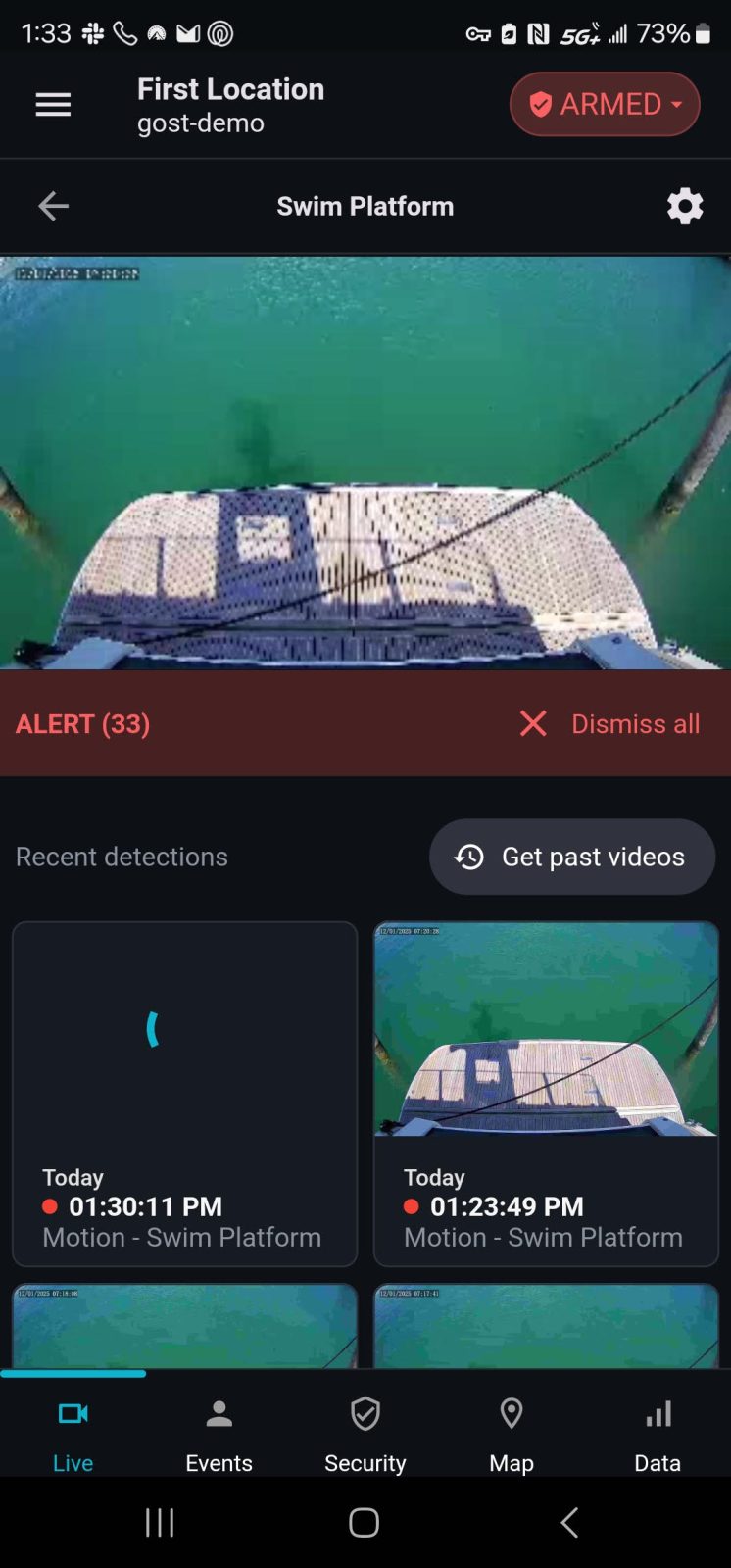
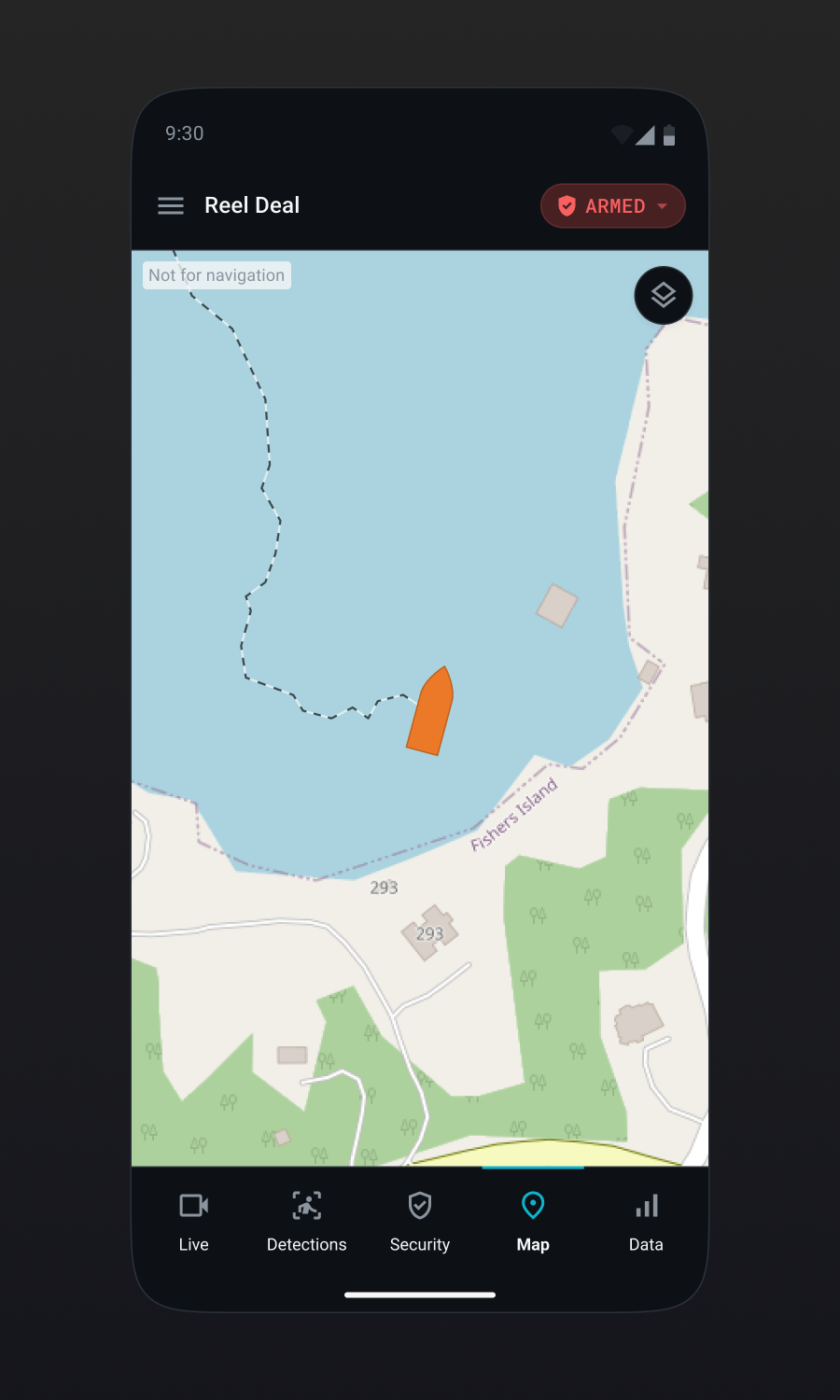
Global Ocean Security Technologies, or GOST, has systems designed to operate independently of the rest of the boat. The idea is that those systems continue to protect the boat even if shore power or battery power is interrupted, if problems arise on the boat’s networks, or if systems are intentionally compromised to thwart security.
“It’s always been a sticking point for us to be an isolated entity on the boat, safe from interference from other systems,” says GOST chief technology officer Brian Kane. “That will remain as such on certain parts, but we see that systems integration is a value to the customer. We can parse data from NMEA 2000, OneNet and even 0183.”
GOST’s Specter AI video surveillance system detects cameras across a broad range of manufacturers, Kane says. “It automatically finds any camera on the network,” he says. “I don’t care if it’s a GOST camera or one from Garmin, FLIR, Simrad, Furuno, Raymarine or an Axis encoder. It can be anything. GOST Specter AI will automatically find it for use in security-based, authorized-person detection.”
Once cameras are detected, he adds, Specter AI leverages GOST’s image-processing capabilities to analyze the images and alert the owner if an unauthorized person is seen on the boat. The company describes this as a security system that never has to be disarmed.
Overall, there is still a great deal of new technology making it into recreational boats, but perhaps the most interesting developments will come from advancing the technology and systems already on boats. Boating can be made easier, more reliable and more efficient by leveraging the voluminous data on board, if an existing boat can learn a few new tricks.



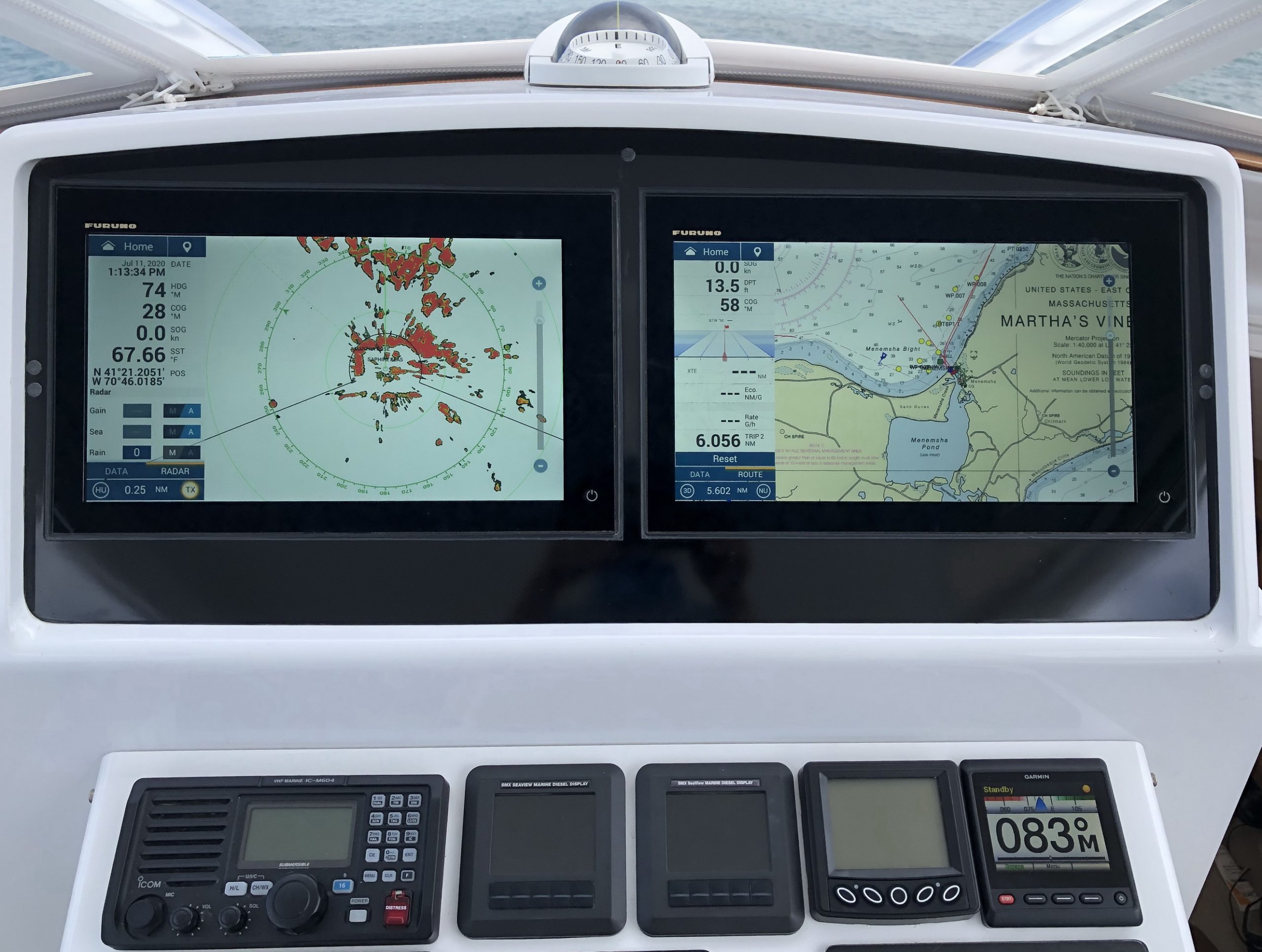
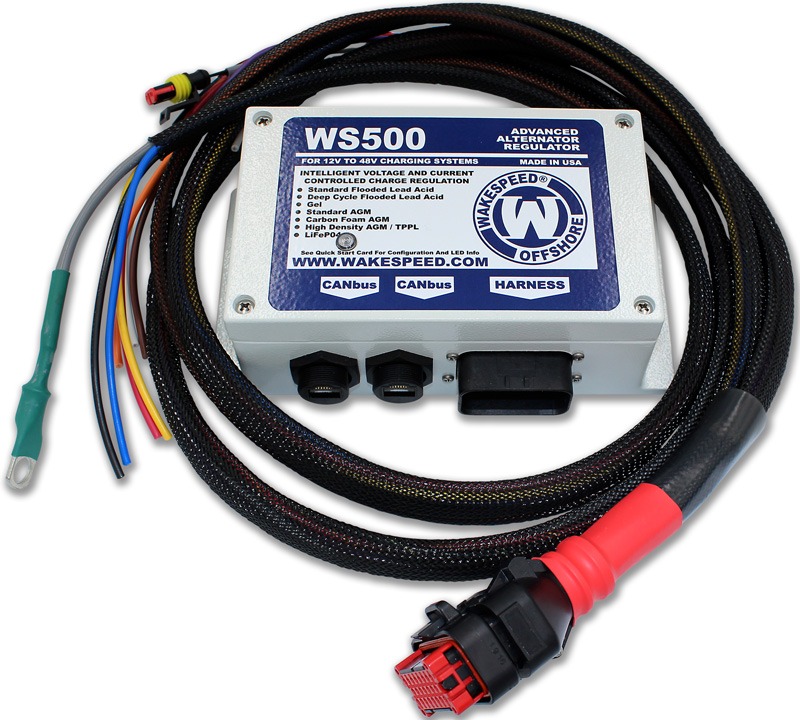
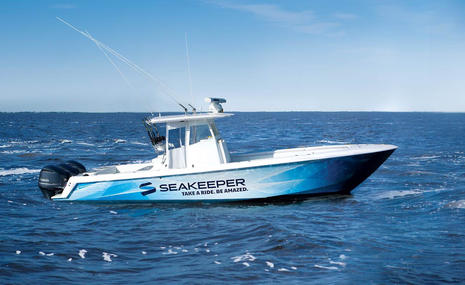








Hi,
We are about to finish our circumnavigation. Small family – our son, my wife and I.
I read the Panbo pages with great interest and find its guidance of great value.
While reading this article I cannot stop from asking myself – is there a real need for complete integration, unlimited number of sensors providing insurmountable quantities of real time data and ai as a 2nd mate.
Moreover, I question what is our real need versus an industry driven perceived need and if this does not enhance safety but actually put a layer of technology distancing us from seamandhip as the core component of any safety.
On our travels, maintenance, servicability and reliability are key words additional to seamanship. We tend to choose equipment that meet the above key words, where the failure of one component does not jepordize the whole system and strand us in a South Pacific paradise but without the needed tools, components or competence to keep su moving safely.
With best wishes for great travels, feel the wind on your chin, enjoy the view and keep the sramanship up to speed
I really like the idea, but one lightning strike, and…..
Thanks! And amazing to read the manufacturers got behind this, as it seems to benefit consumers more than them.